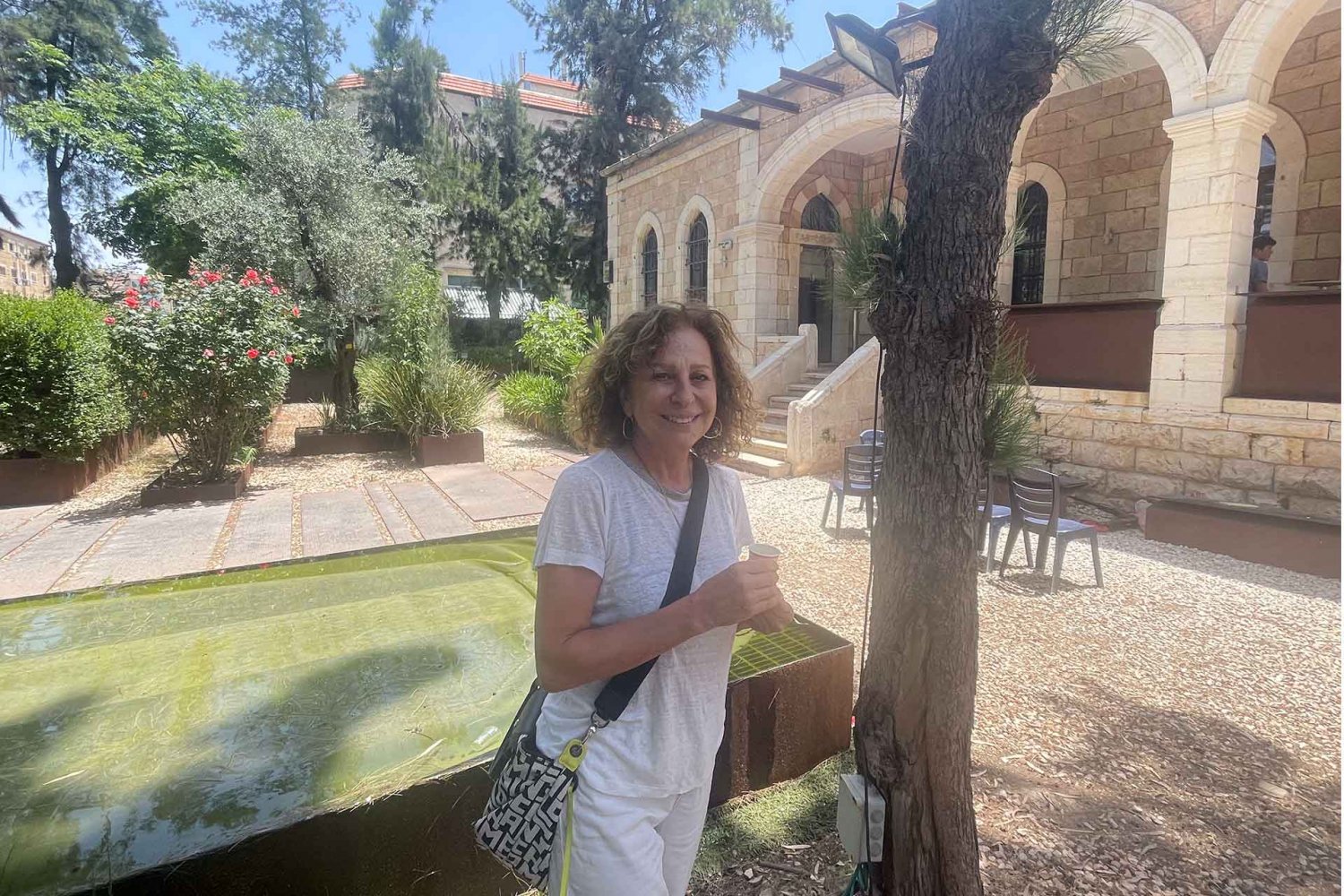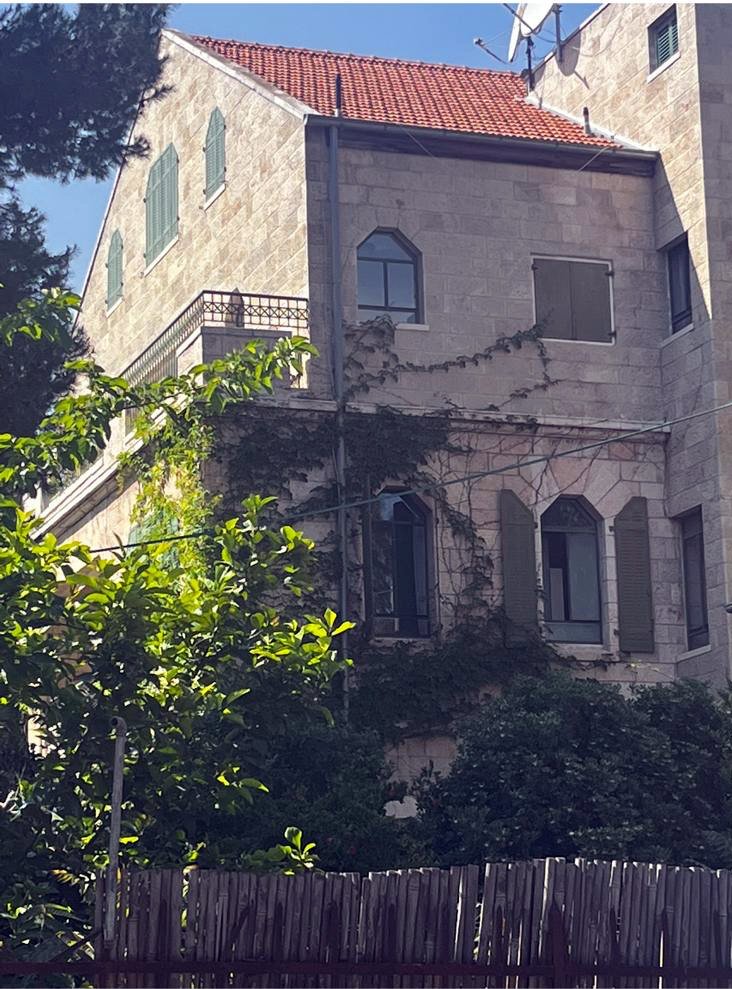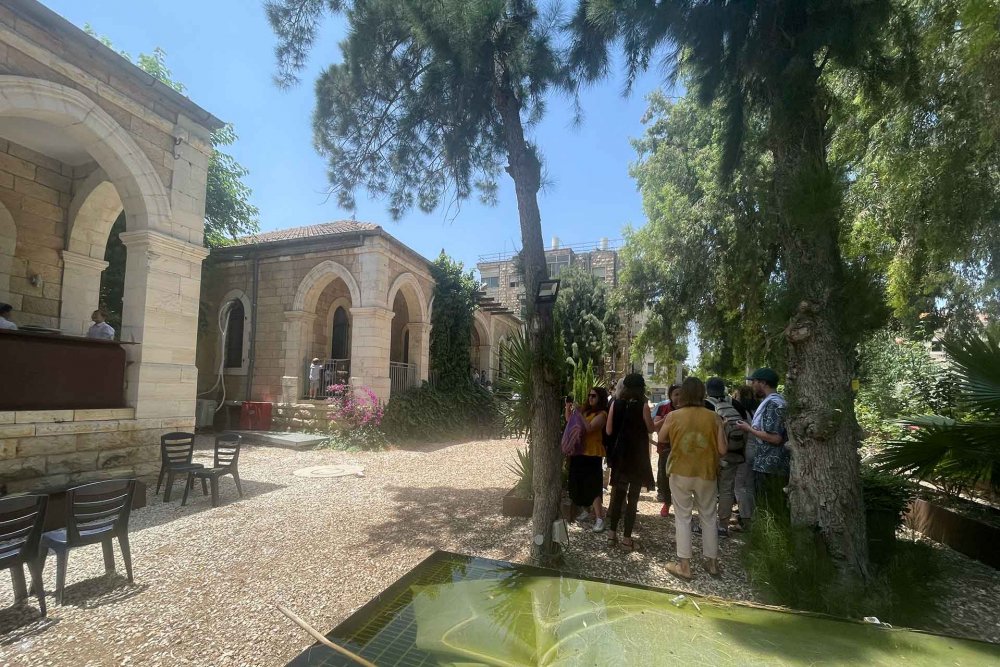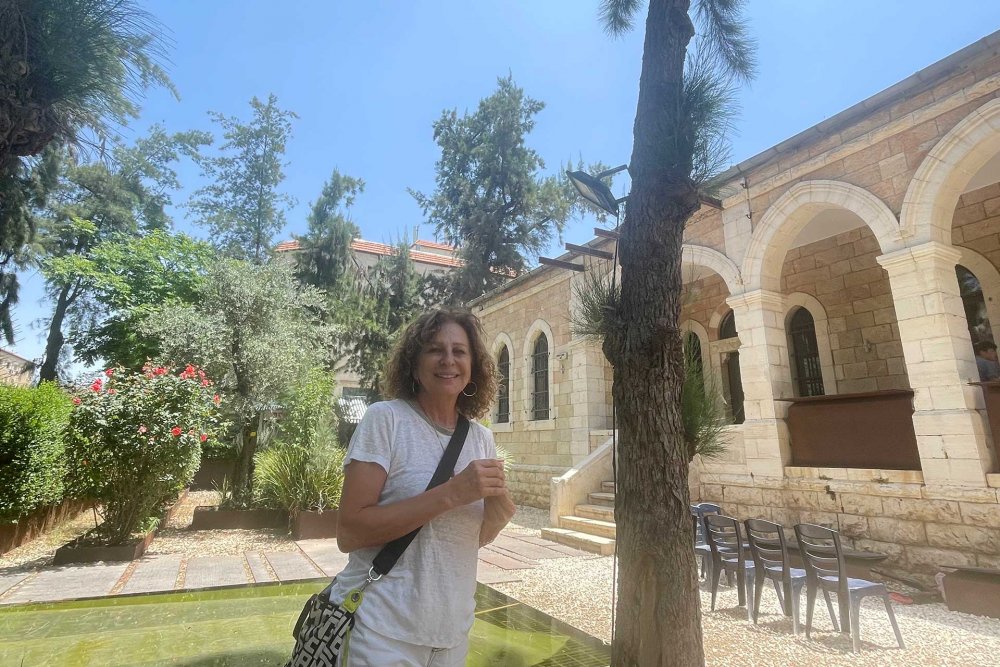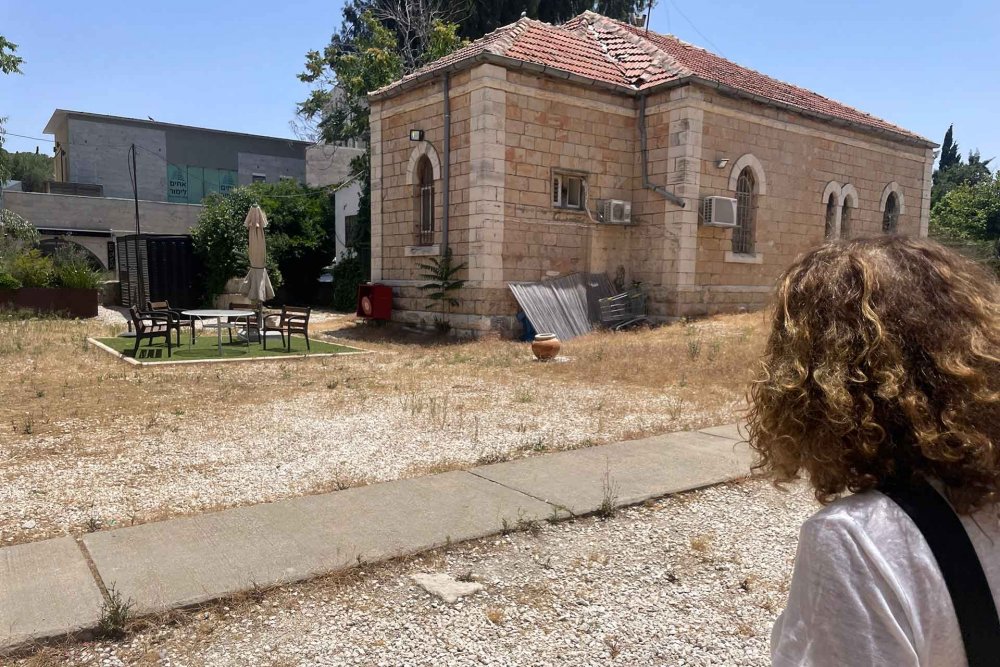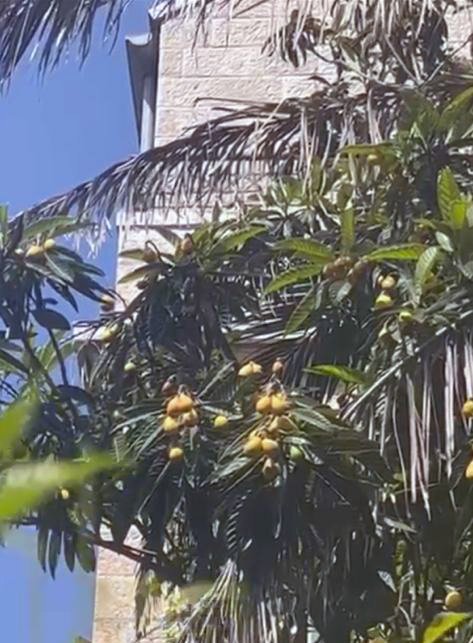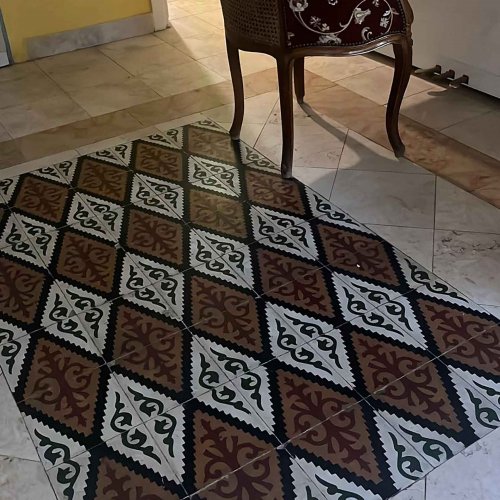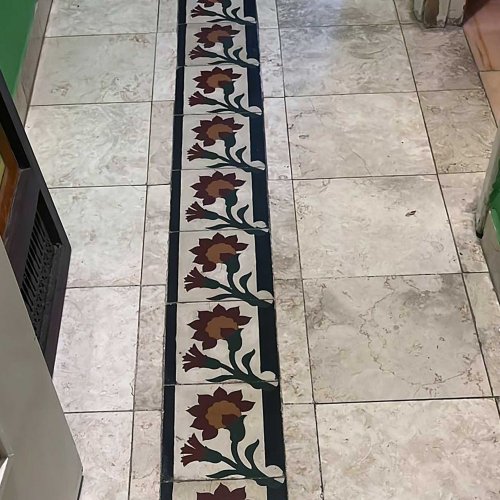Imam only was able to see her father’s house in Qatamon near the Greek Colony just after the 1967 War, when Israel occupied East Jerusalem where she was born and reopened the border between it and the area that became West Jerusalem for the first time since 1948. She recalls that this was soon after she discovered the German Colony in West Jerusalem. A student at Schmidt’s Girls College in East Jerusalem, she only became acquainted with West Jerusalem when she went to orchestra performances at the German Monastery.
Imam’s mother had also not known the house: She married Fareed, Huda’s father, five years after the Nakba, once the state was established and the house had been seized, so she was not even able to see the house he had built until after 1967 when the Israeli side of the city once again became accessible. Fareed was looking forward to living in the family home with his future family. But none of them were ever allowed to set foot inside that house.
In an article published in This Week in Palestine in August 2021,3 Imam recalls how her father had been eerily quiet during that first trip back to see his house in 1967, after the war. She was only an elementary school student at the time. Years later, she would understand that his silence was a coping mechanism beneath which he buried his deep pain and trauma. “Looking back, I now realize that my father didn’t want to burden us with the grief that he had kept inside himself all those years caused by the catastrophic events of 1948 when he lost his home, his city, and his country.”4
She described how the house itself “looked somber and heartbroken, exactly like my father.”5 His condition worsened when the Jewish woman who was occupying the house refused to let him in to show his family around.

